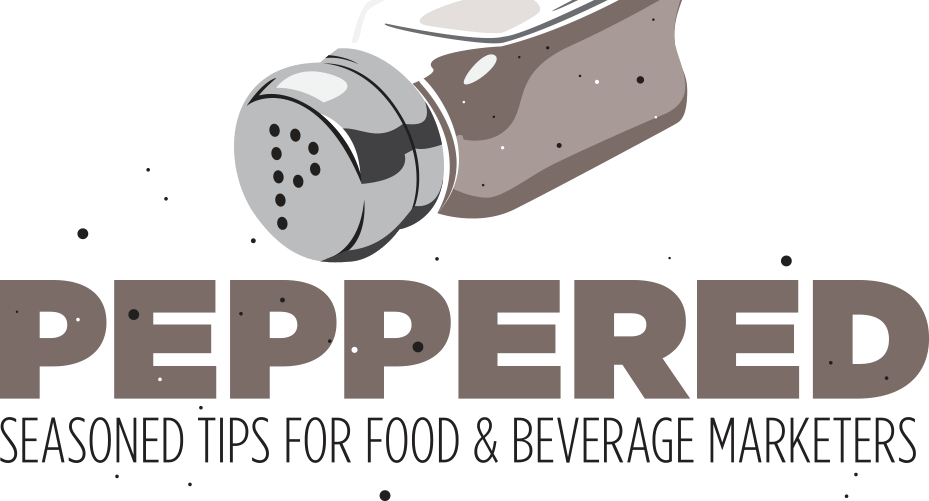For years now, the holy grail of marketing has been to forge a love bond with your consumers. As marketers, we’ve been taught that creating a deep and lasting personal “relationship” with this core audience is the key to brand success. According to the Pareto Principle, 80% of our profits will come from just 20% of our customers. It’s the basis for targeting our “loyal” followers with the bulk of our marketing efforts and budgets.
Unfortunately, actual consumer buying patterns don’t bear any of this out.
Based on research, brand love is more ‘like’ than love, and has as much to do with mental and physical availability as it does with brand bonding for most consumers. And honestly, most times it just comes down to buying habits.
In reality, consumers are fickle. Whether or not they love you at a given moment depends on their mood and whose brand communications they’ve seen most recently. The reason this doesn’t turn up in research is that most studies measure only how many people respond a certain way (i.e. “I only buy Brand A”), not which people respond a certain way, and how often. In test-study follow ups a year later using the same respondents, typically only 30% of individual respondent’s answers matched those of the year before. And they’ve proven to be cyclical as well.
“BASED ON RESEARCH, BRAND LOVE IS
MORE ‘LIKE’ THAN LOVE.”
A recent study in Psychology & Marketing conducted at Bergische University by Tobias Langner, et. al., confirms this. Unlike the deep emotional cravings of romantic love, brand love is largely transactional, driven by rational benefits like easy access or product quality. Research shows every “loyal” brand follower feels much the same about their brand as the loyal brand followers of any competitive brand: brand attribute lists for each are virtually identical. Worse yet, it’s availability (and habit) that keep you top of mind. If your brand’s not there, they simply defect to someone else’s.
Does this mean you should stop wooing your brand faithful? No. But given the fact brand loyalty’s an oxymoron (it’s not too loyal), you’re better served utilizing the bulk of your marketing budget to expand reach. There’s a much larger audience and more profit opportunity in reaching light users who occasionally choose your product and acquiring new consumers who’ve never tried your product.
The more consumers that notice, recognize, or remember your product in a purchase setting, the more brand-switchers you’ll pick up for yourself. Therefore, advertising campaigns that drive new sales through reach and penetration will always trump customer retention and loyalty programs.
Puppy love may not be deep, but it can be profitable.






